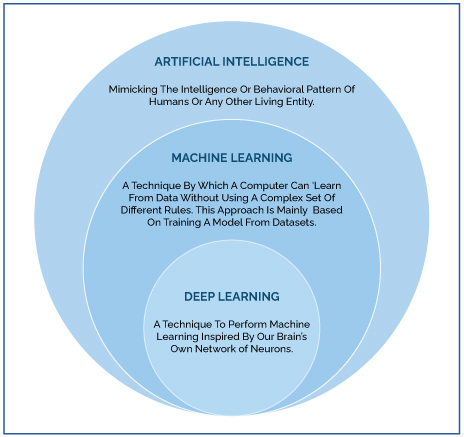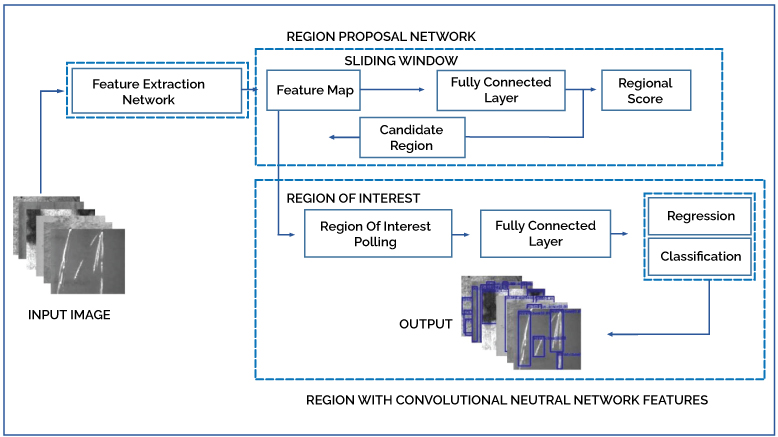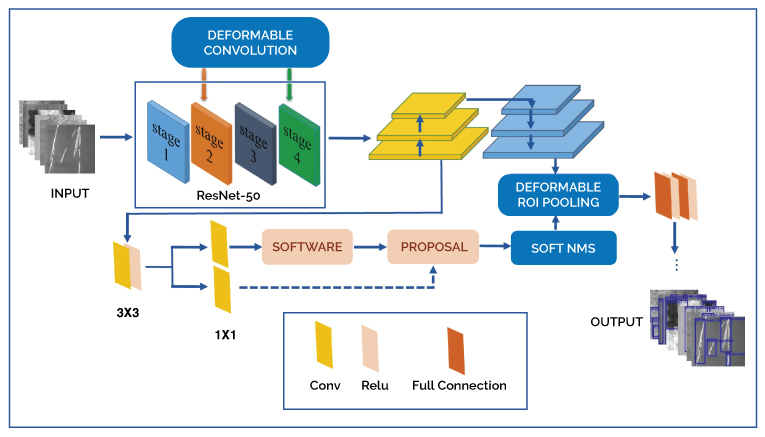Defect Detection with Artificial Intelligence
Industry 4.0 has become a common theme throughout the manufacturing fields. It is applied to various manufacturing processes, including quality control and defect detection.
Various intelligent systems are being developed for detecting defects with the help of deep learning or AI.
Importance of Defect Detection
Quality control is a major factor in deciding profits in manufacturing. The defects in manufacturing include not only visual defects like distortion in shape, the wrong placing of components, etc. but also consists of the performance defects like the malfunctioning of the product, machine, etc. so, there is always a need for reducing defects in the manufactured goods and increase profits. It leads to many innovations that incorporate machine learning and artificial intelligence for defect detection.
A Brief About Deep Learning/AI

The type of machine learning and artificial intelligence that intakes knowledge by mimicking the knowledge gain process of humans is called deep learning. Compared to traditional machine learning, deep learning has hierarchically stacked algorithms with increasing complexity and abstraction.
Why does Defect Detection with Deep Learning make sense?
One of the most important challenges the manufacturers face is the detection of defects at the surface level. Most of the traditional methods followed for defect detection are manual, and there is a high risk of efficiency reduction in humans. One of the most valuable solutions to this problem can be Deep Learning/Artificial Intelligence. Machines can handle monotonous tasks with ease and efficiency can be maintained as per the requirements of the process.
Deep Learning Defect Detection for the Steel Industry
One of the major fields in manufacturing, where defect detection with deep learning is being used, is steel manufacturing.
Two major models being used for steel defect detection are:
- Faster R-CNN Model

The process starts with extracting the input image from the feature extraction network; the extracted features are shared over the RPN and R-CNN networks. Then, the ROI of the image is taken. At last, the results are presented through ROI pooling and a fully connected layer.
- Improved Faster R-CNN Model

The ResNet-50 network is reconstructed by using deformable convolution. Then, the multiscale features are fused using FPN(feature pyramid network), and the variable pooling layer replaces fixed ROI(region of interest). The detection frame is finally suppressed using the soft non-maximum value suppression algorithm, overlapping the highest score detection frame.
Benefits of Using Deep Learning for Defect Detection
- It increases production yield with reduced waste.
- Increased quality of product improves customer satisfaction.
- The warranty claims and aftersales defects are reduced a lot.
- Locating parts and verifying the assembly of products is performed efficiently.
- Detection of unpredictable and variable defects is made possible.
- Improved process control by classifying defects and parts.
Challenges for Implementation
- High initial setup costs.
- Need for trained professionals to supervise the system.
- Risk of loss of jobs for humans.
- Locating parts and verifying the assembly of products is performed efficiently.
As high setup costs and availability of trained professionals are the major obstacles for this technology, it also presents an opportunity for suppliers and OEMs to provide new low-cost solutions and innovative solutions that can be retrofitted to existing systems.
How Can Ingenious Help You in Exploring These Opportunities?
With our proven expertise in manufacturing processes and deep learning, we can assist you in identifying important intellectual properties such as patents, research papers, and Journals that cater to specific problems and their solutions. It results in analyzing the strength of IP available.
By conducting Patentability and Clearance searches, we can help you determine the uniqueness and safeguarding of the solution provided by you.
We perform white space analysis for tracking the less explored areas of the domain to identify opportunities that can be focused upon and create an advantage against the competition.
We provide custom market intelligence to help you understand the shift to smart solutions in the manufacturing industry to optimize growth and profits.

